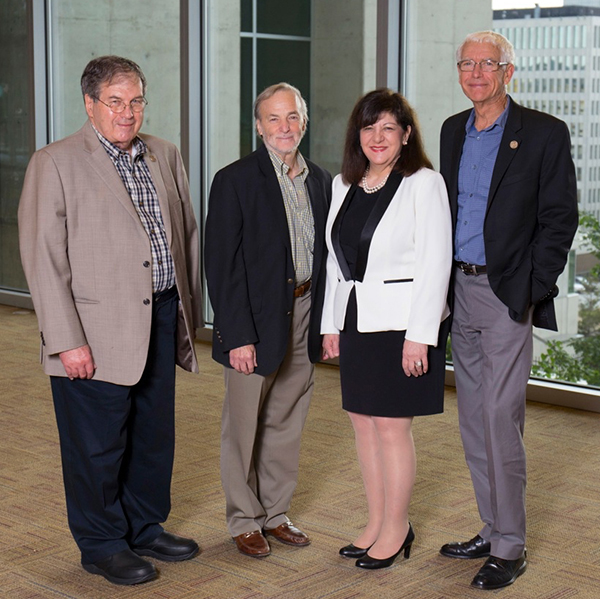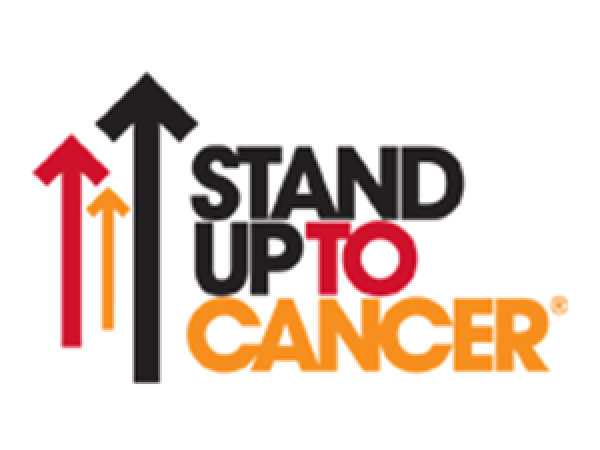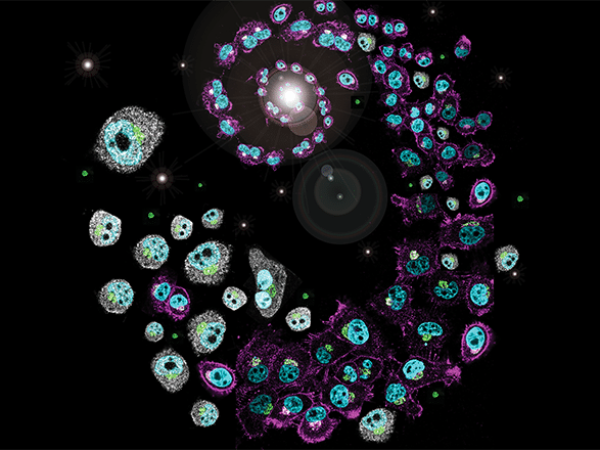Seeking Cancer Cures Through Team Science
The next great wave of progress in the fight against cancer may come from team science.
Margaret Foti, PhD, MD (hc), CEO of the American Association for Cancer Research, recently discussed the tremendous potential of team science and collaborations at the Van Andel Institute in Grand Rapids, Michigan.
“There are unexpected synergies when researchers with different perspectives and experiences come together to address a complex problem, and this creativity brings faster progress,” Foti told the Van Andel audience.
Team science isn’t a new idea, she added. One could argue that Watson and Crick’s 1953 discovery of the DNA double helix set a precedent for collaboration in science. Lately, the idea is gaining steam. In January, as part of his Precision Medicine Initiative, President Barack Obama called for more collaboration among scientists.
The AACR has been touting the value of team science for many years, Foti acknowledged. In 2007, we established the AACR Team Science Award to recognize an outstanding cross-disciplinary research team for innovative and meritorious science. Also, the AACR is the Scientific Partner of Stand Up To Cancer, through which we’ve administered more than $203 million in grants to “Dream Teams” – groups of scientists at different institutions working together to speed the process of getting cancer drugs from the laboratory to the patient. The AACR partners with many other cancer organizations to ensure objective and fair distribution of funds backed by an expert peer-review process, Foti added.

Margaret Foti, PhD, MD (hc), with (left to right) AACR Fellows George F. Vande Woude, PhD, Stephen Baylin, MD, and Peter A. Jones, PhD, DSc, of the Van Andel Institute. Baylin and Jones lead the VARI-SU2C Epigenetics Dream Team. Photo courtesy of the Van Andel Institute.
The AACR Annual Meeting and other special conferences and educational workshops serve as a networking hub for collaborative efforts. Also, the AACR journals have published collaborative research findings since their inception in 1916, including the work of countless cross-disciplinary teams. There’s much more on the horizon.
“Silos are breaking down, and collaborations among individuals, within teams, and across sectors and stakeholders, are providing previously unimagined scientific synergies,” Foti said.
Team science could potentially benefit every area of cancer research. Foti discussed scenarios in which scientists from many disciplines will work together, sharing data and expertise with the ultimate goal of making progress for patients.
As we witness research on cancer and biomedical science suffering under a funding crisis, Foti said the AACR feels an even greater sense of urgency about its own philanthropic efforts. Public, corporate, and foundation sources must be tapped to ensure that progress can continue, she added.
While the leading players in team science are the researchers and health care professionals, patient advocates are a vital part of team science as well. Foti told the Van Andel audience that cancer survivors’ stories help inspire the scientists as they work toward cancer cures, as well as emphasizing the value of cancer research to legislators, patients, and the public.
Some barriers to team science do exist.
Scientists justifiably worry about protecting their intellectual property, and young scientists, in particular, may fear they won’t get recognition in a large, collaborative project. Difficulties in hammering out contracts, financial statements, publications, and press releases, among other documents, may slow progress. Cultural differences between one institution and another may make for some tricky project management issues. Team leaders must take the responsibility of recognizing the contributions of every investigator, ensure streamlined processes, and foster trust among team members, Foti emphasized.
Blending competition with collaboration is key to innovation, she said.
“Change is not easy,” she concluded. “We need to turn these challenges into scientific opportunities. It’s worth it.”



